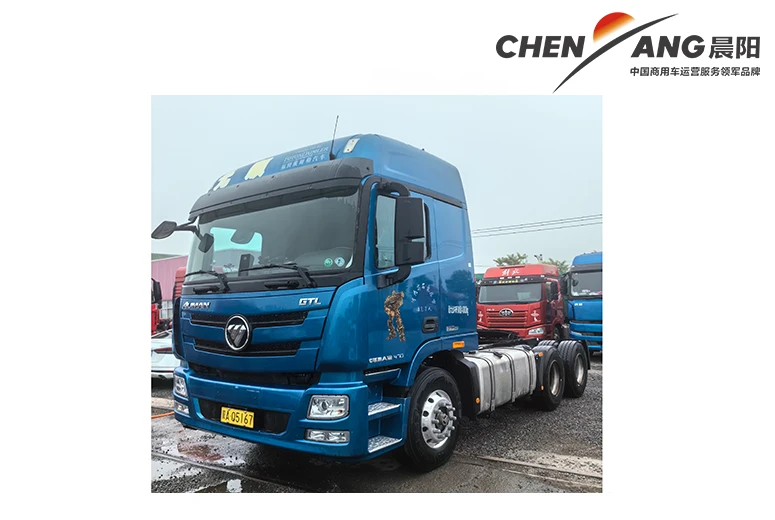construction lifting equipment
Construction Lifting Equipment Essential Tools for Modern Construction
In the ever-evolving world of construction, efficiency and safety are paramount. Among the critical components of any construction project are lifting equipment, which play a vital role in the movement and handling of materials, tools, and personnel. From cranes to hoists, construction lifting equipment is designed to facilitate operations on site, ensuring that projects are completed on time and within budget while maintaining safety standards.
Types of Lifting Equipment
1. Cranes Easily the most recognizable lifting equipment, cranes come in various forms, including tower cranes, mobile cranes, and overhead cranes. Tower cranes are commonly used in high-rise construction, thanks to their ability to lift heavy loads at great heights. Mobile cranes offer versatility and can be driven on public roads, making them ideal for projects that require rapid relocation. Overhead cranes are found in factories and warehouses, providing efficient lifting and lowering mechanisms within a fixed area.
2. Hoists Hoists are typically used for vertical lifting of materials and can be powered manually or electrically. They are essential in construction for moving heavy items up scaffolding or to upper levels of buildings. Electric chain hoists and wire rope hoists are popular choices due to their robustness and ease of use. Safety features, such as limit switches and overload protection, are crucial in preventing accidents during operation.
3. Forklifts Forklifts are ubiquitous in construction and warehouse environments. They are designed to lift and transport materials over short distances. With various attachments available, including forks, buckets, and clamps, forklifts can handle different types and sizes of loads. Their maneuverability makes them indispensable for tasks requiring quick moving of materials around job sites.
4. Scaffolding Lifts Scaffolding lifts, often referred to as aerial work platforms, provide a stable platform at various heights, allowing workers to perform tasks safely above ground level. These lifts can be powered or manual and are essential for jobs such as painting, electrical work, and installation of ceiling structures.
Safety Considerations
construction lifting equipment

Safety is a significant concern in construction, and lifting equipment comes with various regulations and industry standards designed to protect workers. Operators must be trained and certified to ensure they understand how to operate lifting equipment safely. Regular inspections and maintenance of equipment are also vital to prevent malfunctions that could lead to accidents.
Moreover, the use of personal protective equipment (PPE) is essential when operating or working near lifting equipment. Hard hats, safety glasses, gloves, and high-visibility clothing can significantly reduce the risk of injury on the job site. Proper communication among team members, especially when lifting operations are taking place, is crucial for safe and effective execution.
The Future of Lifting Equipment
As technology advances, the construction industry continues to evolve, and the same is true for lifting equipment. Innovations such as telematics, GPS tracking, and remote-controlled operations are becoming integrated into lifting equipment, enhancing their efficiency and safety. These technologies allow for real-time monitoring of equipment performance and can help in predictive maintenance, ultimately leading to reduced downtime and costs.
Furthermore, as sustainability becomes increasingly important, the development of more energy-efficient lifting equipment is gaining traction. Electric and hybrid cranes and hoists are entering the market as companies look to reduce their carbon footprints.
Conclusion
Construction lifting equipment is a cornerstone of modern construction practices, facilitating the movement of heavy materials and ensuring workplace safety. From cranes to hoists, the variety of options available allows for the efficient and safe execution of projects. As technology and safety standards continue to advance, the future of lifting equipment promises even greater efficiency and safety in the construction industry. Embracing these innovations will not only enhance productivity but also support a safer working environment for everyone involved.
-
Grain Fertilizer Seeder-Chenyang Group|Precision&EfficiencyNewsJul.30,2025
-
2BFY Traction Series Seeder-Chenyang Group|Integrated Seeding,FertilizingNewsJul.30,2025
-
2BFY Traction Series Grain Fertilizer Seeder - Chenyang Group | Precision Farming, Seeding & FertilizingNewsJul.30,2025
-
2BFY Traction Series Grain Fertilizer Seeder-Chenyang Group|Seeding & Fertilizing EfficiencyNewsJul.29,2025
-
2BFY Traction Series Grain Fertilizer Seeder-Chenyang Group|Integrated Seeding&Fertilizing, High EfficiencyNewsJul.29,2025
-
2BFY Traction Series Grain Fertilizer Seeder - Chenyang Group|Integrated Seeding&FertilizingNewsJul.29,2025
Popular products

























